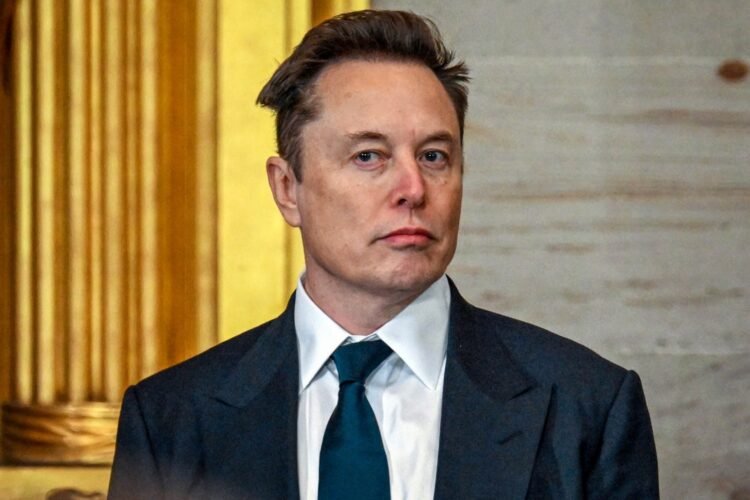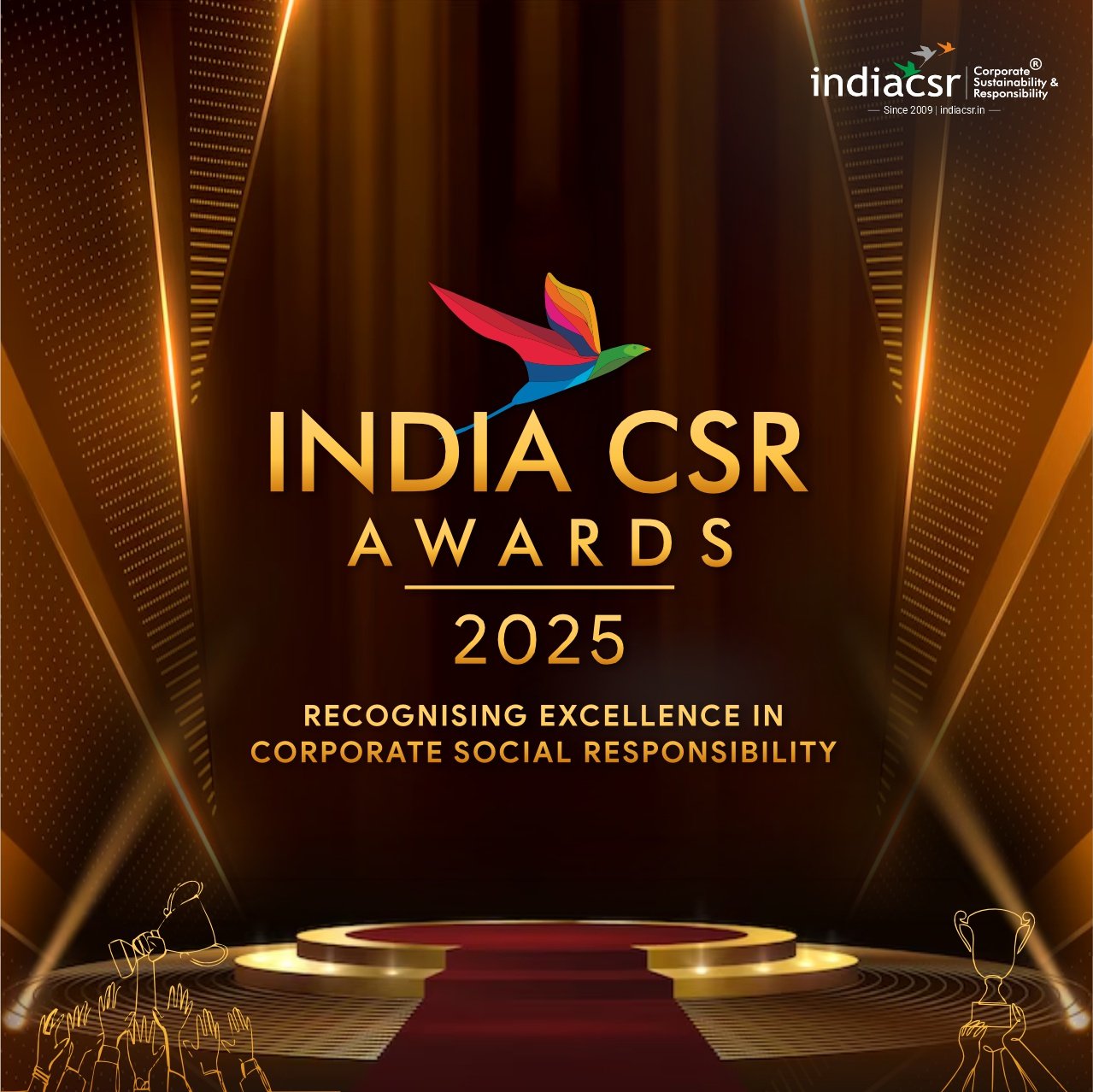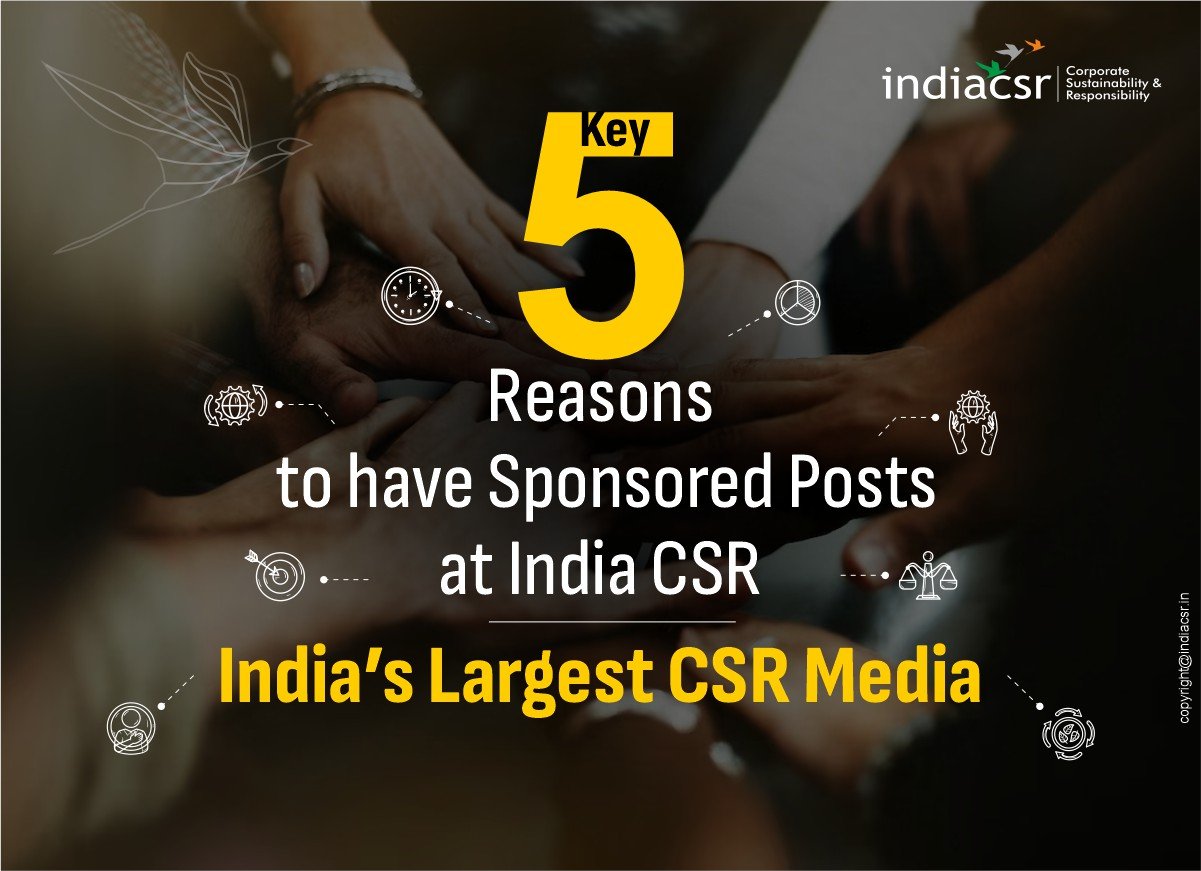Miami Jury Holds Tesla Liable for Fatal 2019 Crash, Raising Questions About Autopilot Safety
In a landmark ruling on August 1, 2025, a Miami federal jury ordered Tesla, led by CEO Elon Musk, to pay Rs 1,996 crore ($243 million) in damages for a 2019 crash that killed 22-year-old Naibel Benavides Leon and severely injured her boyfriend, Dillon Angulo. The verdict, one of the first major legal defeats for Tesla’s Autopilot technology, underscores the risks of overhyping driver-assistance systems. For Naibel’s family and Dillon, the ruling is a step toward justice, acknowledging the pain of a tragedy that could have been prevented. As Musk pushes for a driverless future with Tesla’s robotaxi initiative, this case exposes critical flaws in the company’s technology and marketing, sending shockwaves through the auto industry. This article explores the case’s details, its implications for Tesla’s reputation, and the broader debate on autonomous driving safety, drawing on recent developments and official statements.
The Fatal Crash: A Night of Stargazing Turned Tragic
On April 25, 2019, Naibel Benavides Leon and Dillon Angulo were stargazing beside their parked Chevrolet Tahoe in Key Largo, Florida, when a Tesla Model S, driven by George McGee, barreled through a T-intersection at 62 mph. McGee, distracted while searching for his dropped cellphone, had engaged Autopilot, Tesla’s driver-assistance system. The vehicle failed to stop at a flashing red light and stop sign, slamming into the Tahoe. The impact threw Naibel 75 feet into nearby woods, where she was later found dead, and left Dillon with broken bones and a traumatic brain injury, altering his life forever. The dashcam footage, later recovered by a forensic expert, captured the horrifying moment, revealing Autopilot’s failure to detect the obstacle or brake.
The plaintiffs—Naibel’s family and Dillon—sued Tesla, arguing that the company’s technology and misleading marketing contributed to the crash. While McGee admitted negligence, the jury found Tesla 33% liable, awarding $129 million in compensatory damages (with Tesla responsible for $43 million) and $200 million in punitive damages to deter future misconduct. This verdict, reported by LiveMint and The Washington Post, marks a rare instance where Tesla faced a trial, as most similar cases are settled or dismissed.
The Trial: Unmasking Autopilot’s Limitations
The three-week trial in Miami’s Wilkie D. Ferguson Jr. U.S. Courthouse spotlighted Tesla’s Autopilot marketing and design flaws. Plaintiffs’ attorney Brett Schreiber argued that Tesla and Musk exaggerated Autopilot’s capabilities, leading drivers like McGee to over-rely on the system. Schreiber highlighted Musk’s 2016 claims that Autopilot’s sensors were “superhuman” and could detect “anything, including an alien spaceship.” He also criticized Tesla for not restricting Autopilot to controlled-access highways, its intended environment, allowing its use on smaller roads like the one in Key Largo.
McGee testified, “I trusted the technology too much. I believed that if the car saw something in front of it, it would provide a warning and apply the brakes.” His admission of distraction—looking for his dropped phone—did not absolve Tesla. The jury found that Autopilot’s failure to disengage when McGee showed signs of inattention, coupled with its inability to handle the intersection, contributed significantly to the crash. Accident reconstruction specialist Alan Moore testified that McGee received 23 “strikeouts” (inattentiveness warnings) from Autopilot in the three months prior, yet the system allowed continued use.
Tesla’s defense, led by attorney Joel Smith, insisted McGee was solely responsible, as he ignored warnings to keep his hands on the wheel and eyes on the road. Smith noted McGee’s familiarity with the route, having driven it 30–40 times without incident, and argued the crash resulted from his speeding and distraction. Tesla’s statement post-verdict called the ruling “wrong,” claiming it jeopardizes automotive safety, and announced plans to appeal, citing “substantial errors of law and irregularities at trial.”
A Damning Verdict: Financial and Reputational Fallout
The jury’s $329 million award—Rs 1,996 crore in Indian rupees—comprises $43 million in compensatory damages for Tesla’s share and $200 million in punitive damages, signaling a rebuke of the company’s practices. However, a pre-trial agreement may limit Tesla’s liability to $172 million, as punitive damages in Florida are capped at three times compensatory damages. The plaintiffs argue the cap applies to the total $129 million compensatory award, not just Tesla’s portion, potentially upholding the full amount. LiveMint reported this dispute remains unresolved, with Tesla vowing to appeal.
Financial analyst Dan Ives of Wedbush Securities called the verdict a “big number” that will “send shock waves” through the auto industry, given Tesla’s influence in autonomous technology. The ruling coincides with a 25% drop in Tesla’s stock value in 2025, exacerbated by Musk’s controversial political involvement and a slump in electric vehicle sales. The verdict could further erode investor confidence as Tesla bets heavily on its robotaxi initiative, launched in Austin, Texas, in July 2025.
Evidence Controversy: Tesla’s Data Practices Under Fire
A pivotal issue in the trial was Tesla’s handling of crash data. The plaintiffs accused the company of hiding or misplacing critical logs and video footage from the moments before the crash. A forensic expert hired by the plaintiffs uncovered the data, forcing Tesla to admit it had the information but was unaware of its location. Neima Benavides, Naibel’s sister, told LiveMint, “We finally learned what happened that night, that the car was actually defective. Justice was achieved.” This revelation fueled perceptions that Tesla delays or withholds crash data, a criticism echoed in other lawsuits and denied by the company.
The case’s progression to trial is significant, as Tesla typically settles or dismisses such lawsuits to avoid scrutiny. Legal expert Miguel Custodio predicted the verdict could “open the floodgates” for similar cases, with about a dozen active Autopilot-related lawsuits pending. The National Highway Traffic Safety Administration (NHTSA) has documented 467 collisions linked to Autopilot, including 13 fatalities, intensifying scrutiny of Tesla’s safety claims.
Musk’s Role: Hype vs. Reality
Elon Musk’s absence from the courtroom did not diminish his influence over the case. Jurors were questioned about their views on Musk, with some dismissed for bias, including one who posted anti-Musk sentiments on TikTok. Schreiber leveraged Musk’s statements, such as claims that Autopilot is “safer than human drivers,” to argue that Tesla fostered a false sense of security. A 2016 promotional video, later admitted to be staged, claimed a Tesla could drive itself, further misleading consumers.
Musk’s vision for Tesla hinges on autonomous driving, with plans to expand the robotaxi service to half the U.S. population by year-end. However, regulatory hurdles loom. The Independent reported that Tesla lacks permits to operate autonomous services in California, and the NHTSA’s 2021 probe into Autopilot’s safety gaps continues to challenge Musk’s ambitions. The verdict may prompt tighter oversight of driver-assistance systems across the industry.
Industry Implications: A Wake-Up Call
The auto industry has closely watched the case, as a finding of liability against Tesla despite driver negligence sets a precedent. Other automakers use terms like “driver assist” or “copilot” to avoid implying full autonomy, as Schreiber noted. Tesla’s choice of “Autopilot” and “Full Self-Driving” has drawn criticism for encouraging over-reliance, a concern echoed by safety advocates and regulators. Philip Koopman, a Carnegie Mellon engineering professor, told ABC News, “We have a driver who was acting less than perfectly, and yet the jury still found Tesla contributed to the crash.”
The ruling could spur more lawsuits, increase settlement costs, and pressure regulators to enforce stricter standards. Tesla’s 2023 recall of 2.3 million vehicles to address Autopilot misuse and ongoing NHTSA investigations into Full Self-Driving (FSD) crashes highlight the technology’s persistent challenges. Posts on X reflect public skepticism, with users questioning Tesla’s safety claims as Musk pushes for autonomous expansion.
A Human Tragedy: Naibel and Dillon’s Story
At the heart of the case are Naibel Benavides Leon and Dillon Angulo, whose lives were irrevocably changed. Naibel, a 22-year-old college student, was described by her sister Neima as vibrant and full of dreams. Dillon, now living with a limp and chronic pain, walked into the courtroom with a cushion, a visible reminder of his injuries. The emotional toll was evident as plaintiffs hugged their lawyers post-verdict, with Dillon embracing his mother. The jury’s decision, as Neima told The Washington Post, honored her sister’s memory and held Tesla accountable for its role.
You Learn: Justice and Reform
The Miami verdict is a pivotal moment for Tesla and the autonomous driving industry. While Tesla has improved Autopilot since 2019, the case exposes systemic issues in its design, marketing, and data transparency. The company’s appeal may delay final payments, but the reputational damage is immediate, especially as Musk seeks to launch robotaxis amidst regulatory and public scrutiny. The case also underscores the need for clearer industry standards on driver-assistance systems to prevent tragedies like Naibel’s death.
For Naibel’s family and Dillon, the ruling offers closure but cannot erase their loss. As Tesla navigates this legal and public relations crisis, the industry faces a reckoning on balancing innovation with safety. The verdict, as The Guardian noted, may open the door to further lawsuits, challenging Tesla’s narrative of technological invincibility and urging accountability for the human cost of its ambitions.






















